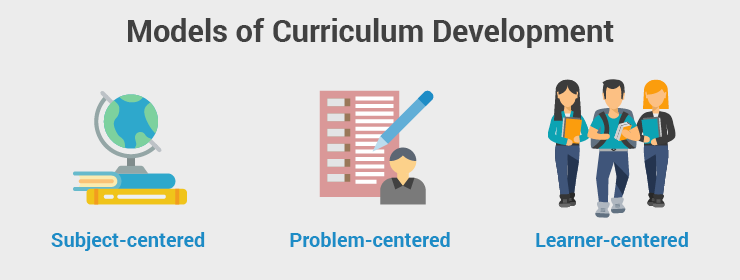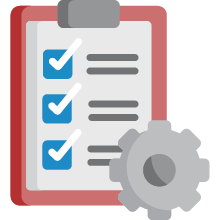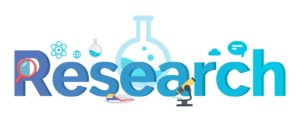Whether you are exploring the idea of starting a program in your area, conducting a needs-assessment to see if there is a need for a mentoring program in your organization, enterprise, school and your community or are already in the process of establishing a program, our curriculum can help you find the resources and tools that you need to develop and implement a quality-based mentoring program.
Mentor & Guide will help you in the below 5 categories to develop a curriculum based on your needs.
The curriculum development process can be categorized into five basic steps:
- Needs assessment,
- Curriculum development model,
- The planning session,
- Content development,
- Pilot delivery and revision, and
- The completed curriculum package.
Are there different curriculum development models?
First, there are generally two types of curriculum models: the product model and the process model. The model you choose to follow will influence the steps you’ll take to develop the course.

Entire textbooks have been written on these long-standing models, but here’s a brief explanation of each to make sure everyone is on the same page:
Product model Also known as the objectives model, this model focuses on evaluations, outcomes, and results. It determines what learning has occurred. If you need to develop a curriculum that prioritizes standardized test scores, you’ll need to adhere to the product model. Generally, this model is thought to be more rigid and more difficult to adapt to your students’ unique needs, but it does provide quantitative learning assessments.
Process model This model focuses on how learning develops over time. There’s an emphasis on how the students is learning, and what thoughts they have throughout the process. This approach is more open-ended and considers the overall growth and development of a student rather than their performance on an exam.
Consider the characteristics of each model as well as any institutional requirements you need to adhere to. You may already have a strong preference for one of the two! It is also possible to develop a curriculum that values both product and process.

Once you’ve determined what type of curriculum you want to create, it’s time to choose an approach. There are three widely accepted methodologies for curriculum design:
- Subject-centered
- Problem-centered
- Learner-centered


We’ll explore each of these in greater detail later on so that you can determine which curriculum development strategy makes the most sense for your course.


